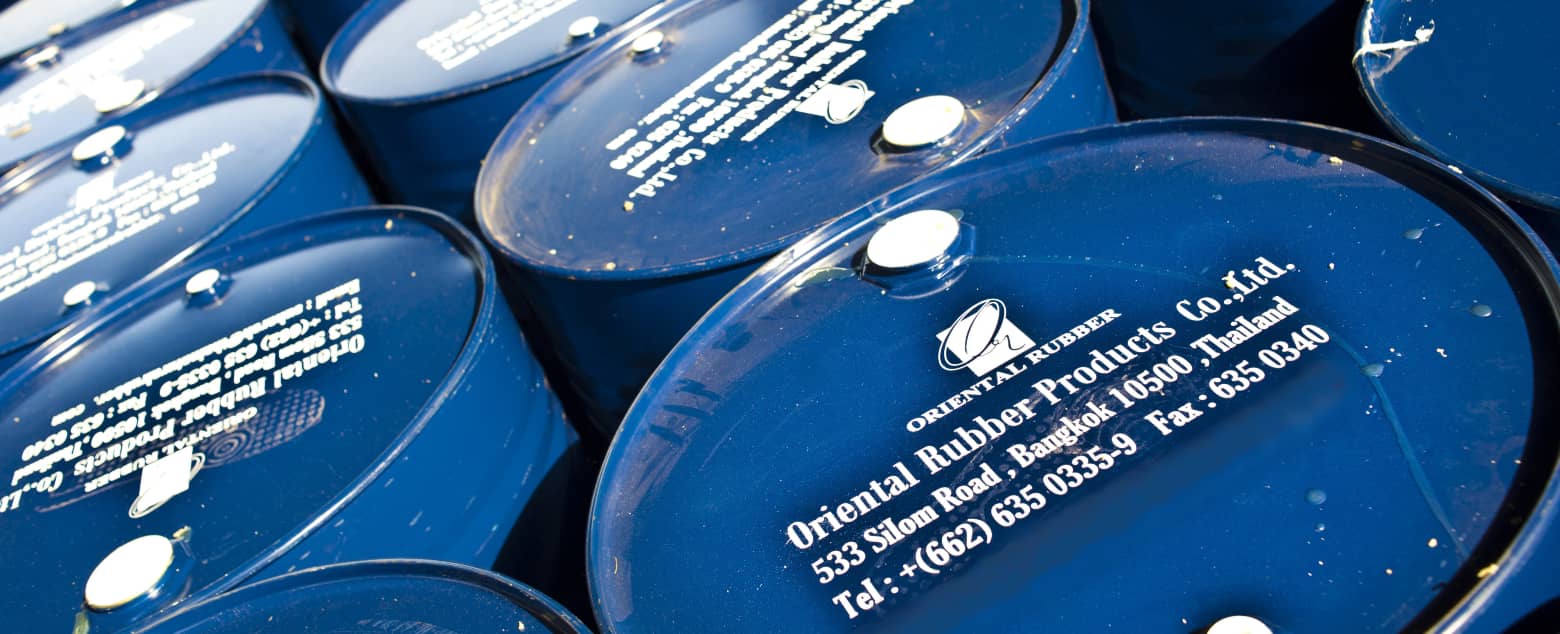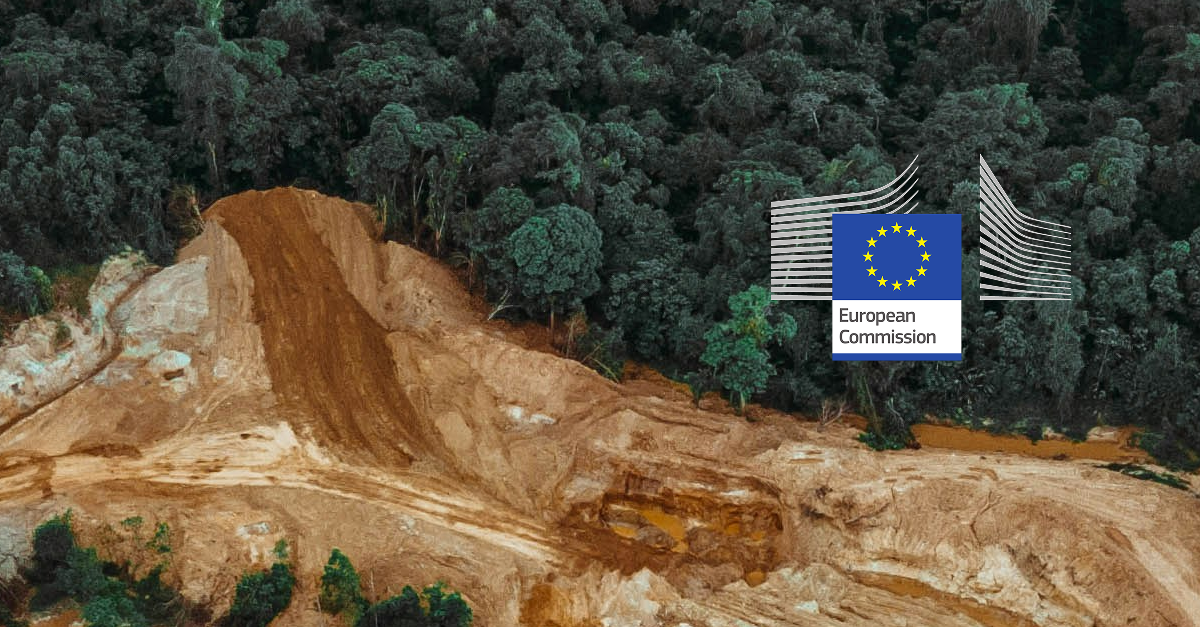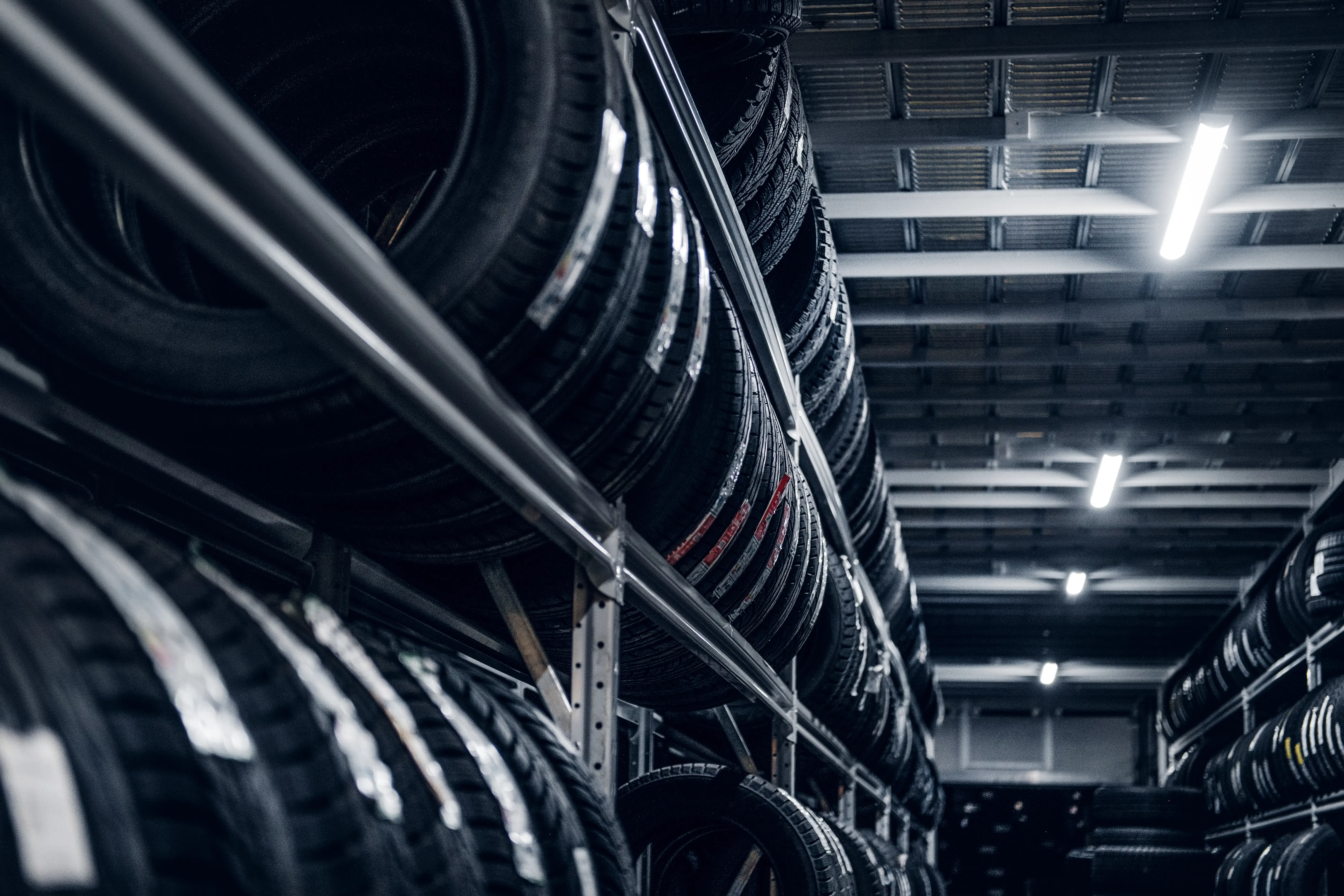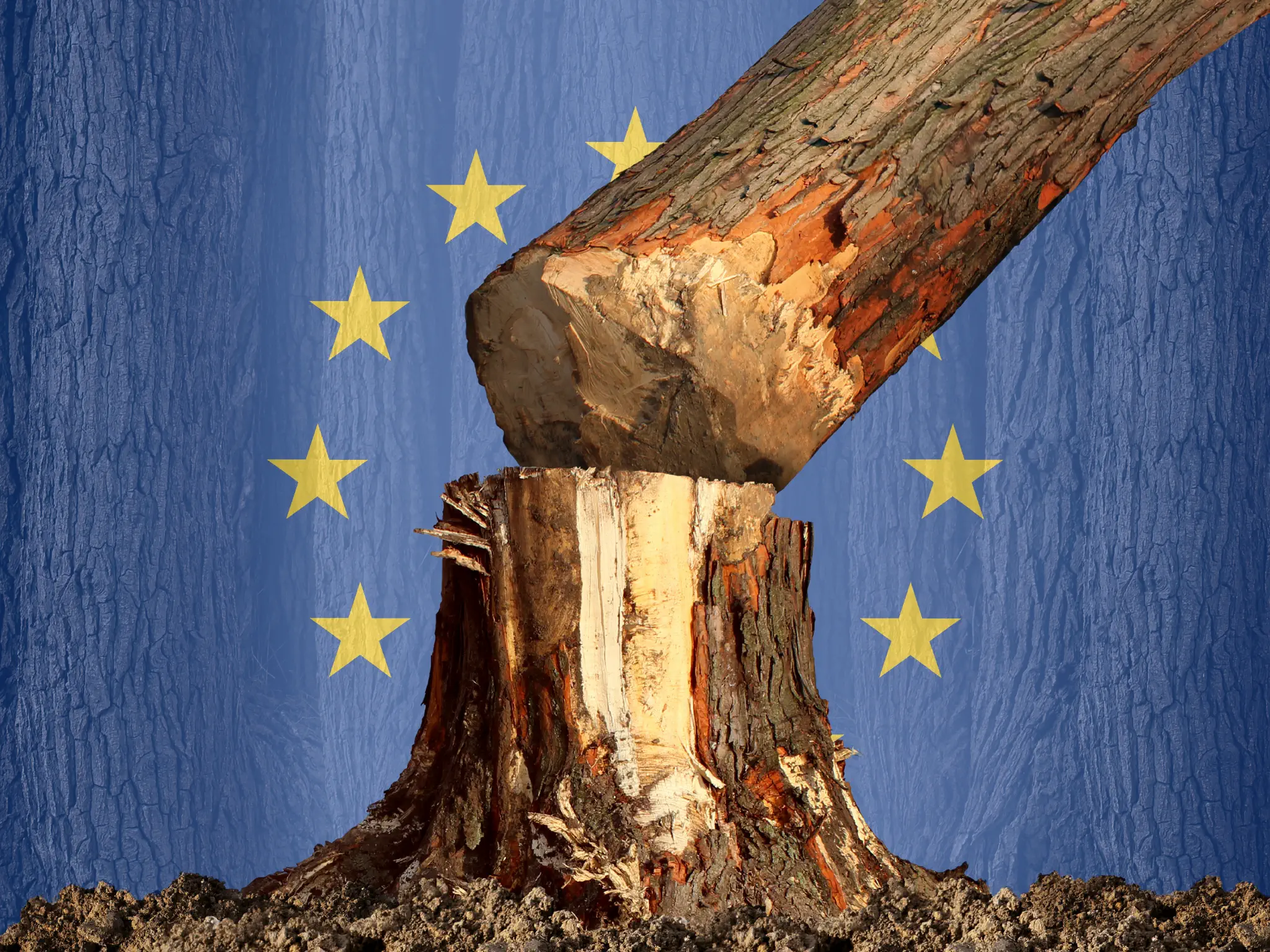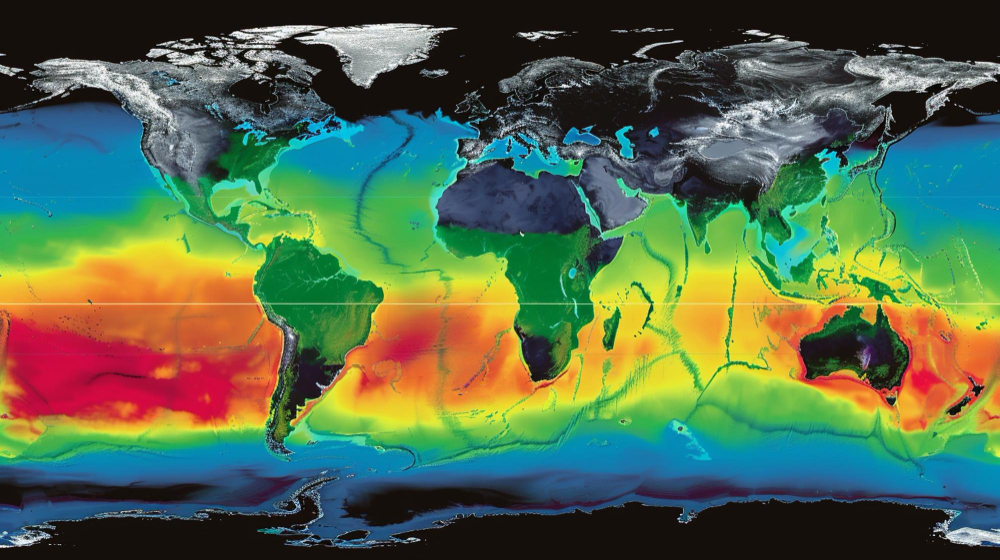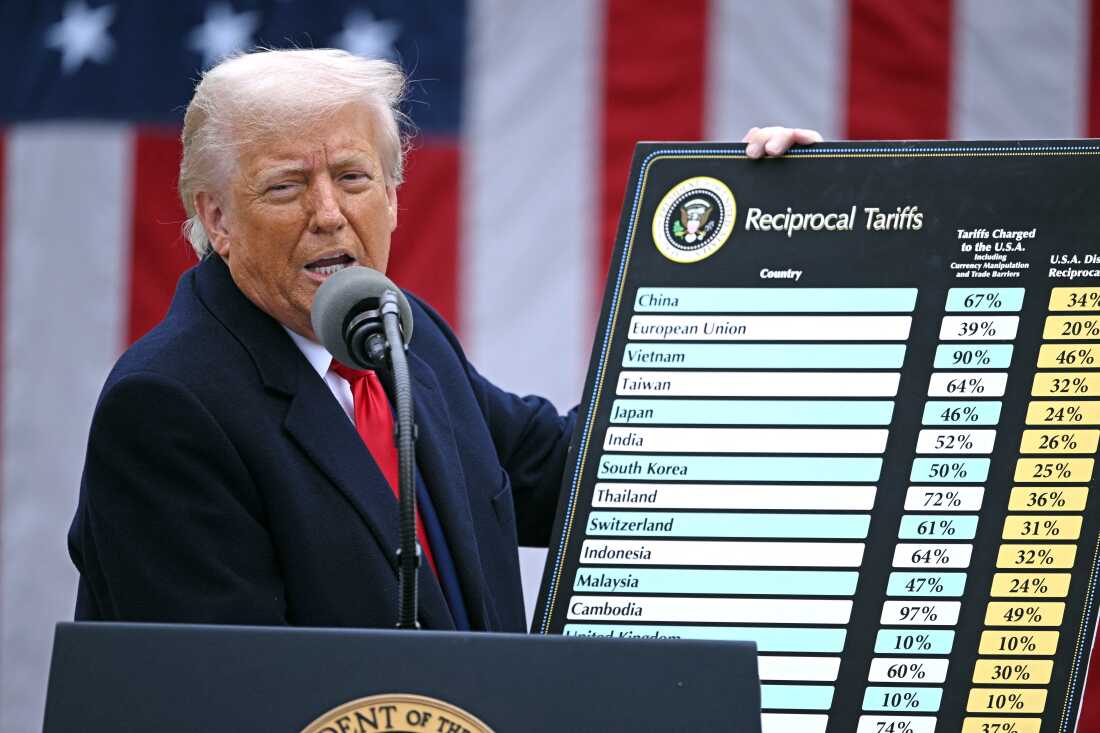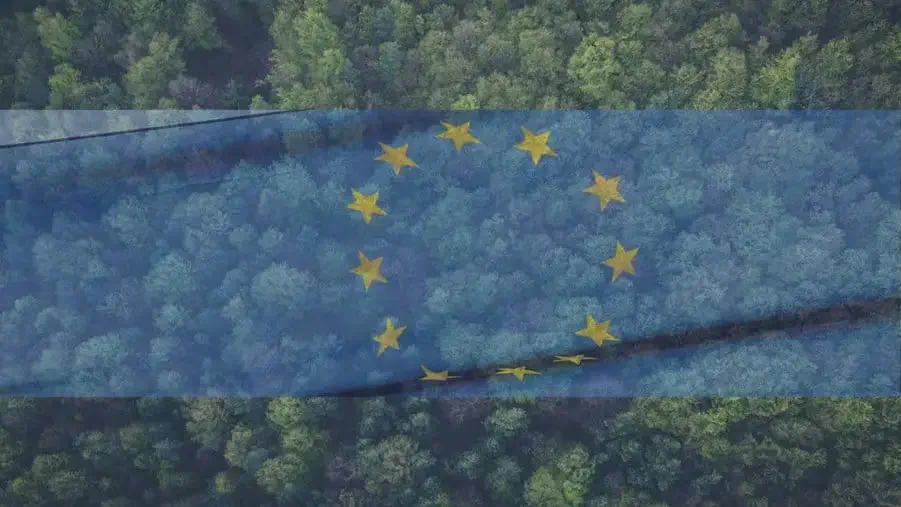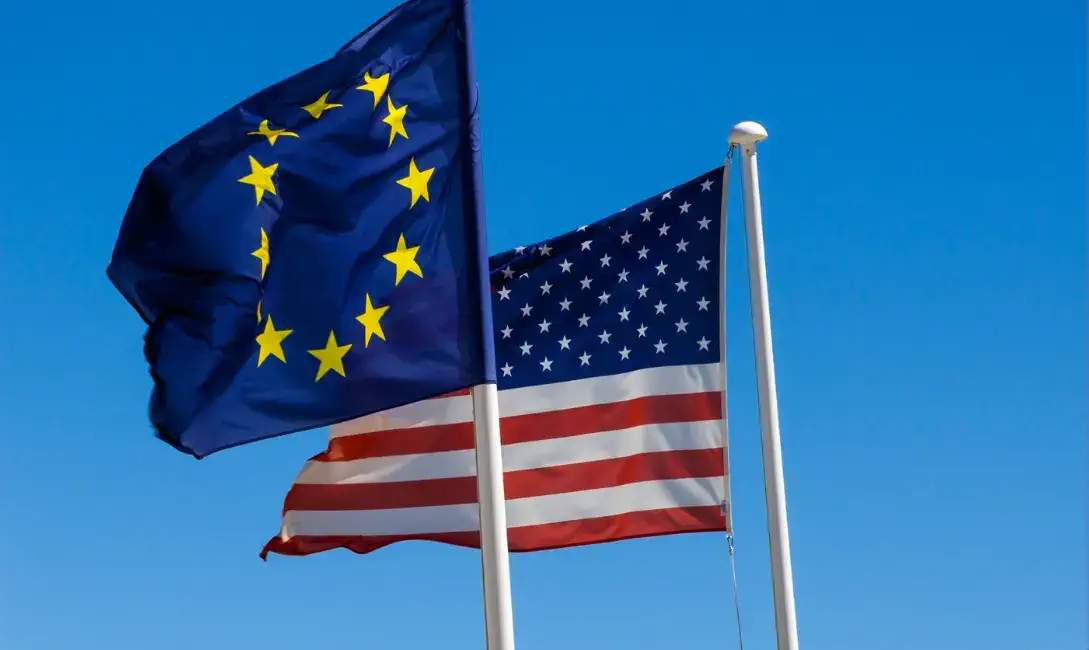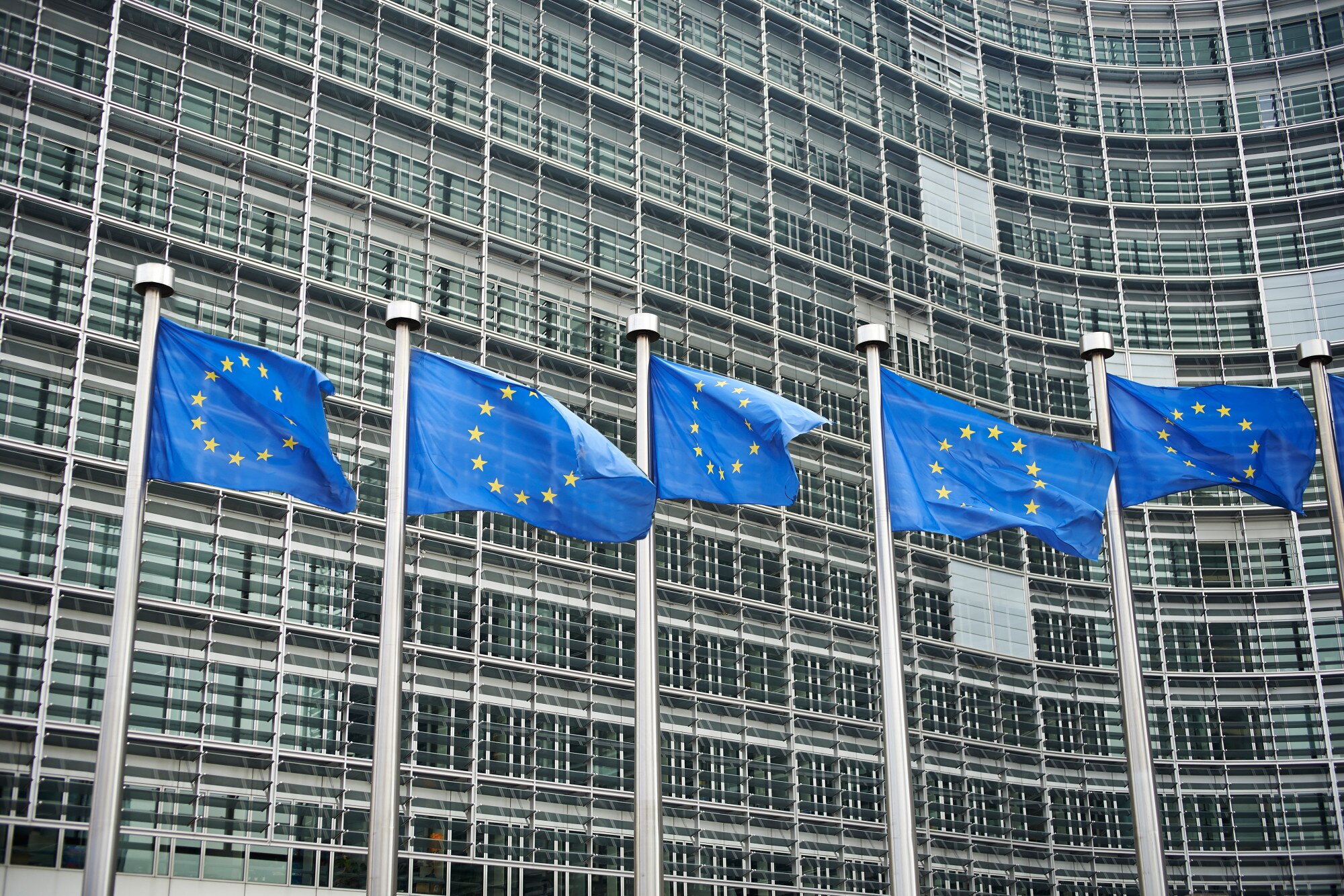
EUDR May Be Subject to Revision
The prevailing sentiment among market participants indicates that the EU Deforestation Regulation (EUDR) still lacks suitability for its intended purpose and is not adequately prepared for implementation. Additionally, discussions are currently in progress regarding forthcoming changes.
This stance was even more prevalent at a seminar hosted by Corrie McColl and the Rubber Trade Association of Europe (RTAE) in Oxford in early April, where the implications of the EUDR were critically examined.
Impact on Smallholders
The initial observation is the long-term concern that the EUDR is expected to penalize smallholders.
Rubber traders and buyers must minimize the business risks they face. If they buy from large plantation companies that can demonstrate a history of land ownership and land usage, and also have the resources to meet all the requirements of the EUDR, the risk that someone will find non-compliant materials is small.
If, however, they buy from smallholder-led groups who do not have those resources and cannot demonstrate a history of land ownership and perhaps do not have the resources needed to map the shape of the smallholding accurately, or meet other requirements of the EUDR, then the risks associated with that shipment of rubber increase rapidly. If even one gram of rubber is found to be non-compliant in any given shipment, then the operator faces huge fines to the point where the business could be bankrupted.
This risk is driving buyers towards plantations and away from smallholder groups.
The inevitable conclusion is that the rubber market will develop into segments, where some parcels of rubber are linked to documentation that can be used to demonstrate compliance and sell at a premium, while other parcels have no such provenance and do not attract a premium.
The question is how much is that premium? As more players offer material that is claimed to be 'EUDR compliant', the premium seems to be falling from around 20%.
Enforcement Challenges
The second consideration pertains to the issue of enforcement.
In Germany, for example, the Competent Authority (CA) has a staff of 60 people and they have to monitor all commodities within the scope of EUDR. Dr. Veronika Beer from the WdK said the German CA expects to simply process paperwork and does not expect to make any site visits to ports or manufacturing facilities. She said, "at least for the German Competent Authorities, they are really willing to listen and learn, because it helps them to identify where to look. And what I mentioned, that they plan to do just paper checks, paper-based or desktop checks."
She said that because synthetic rubber is not within scope of the EUDR, some importers will try to claim that their products – such as tires – contain only synthetic rubber.
This situation is further compounded by the fact that many Chinese tire manufacturers do not buy natural rubber, because China has high import tariffs on pure NR. Instead, they buy something called Mixed (or compounded) rubber, which often contains a very high percentage of natural rubber and a small percentage of carbon black or other ingredients. This mixed rubber does not attract any import tariffs in China, so the cost is much lower.
We have heard that Chinese tire makers are using this as a justification for not carrying out a full due diligence program.
The situation is made yet more complex by the fact that much of the documentation coming out of SE Asia will be handwritten documents in local languages, rather than computerized records in any European language, making the task of interpreting the documents even more difficult and time-consuming.
Certification Concerns
A third issue is whether the EUDR becomes little more than a certification scheme.
Currently, each organization that handles parcels of rubber has to check on its origins so that they can pass the data on to the operators that import the material or product into the EU. This creates a great deal of expense and extra work.
Meanwhile, many suppliers of natural rubber – notably supported by national bodies in different countries – are offering schemes that result in a document that says the rubber is EUDR compliant. This is not part of the EUDR law. There is no such thing as EUDR compliant rubber, even though many organizations are selling material that they claim is EUDR compliant.
In reality, the operator who imports the product or material into the EU has to provide a valid and robust set of documentation that demonstrates compliance. Simply buying material from a third party that is claimed to be compliant is not good enough.
One such organization is the FSC (Forest Stewardship Council). Sean Nyquist, responsible for the rubber sector at FSC, introduced a scheme called FSC Trace, which is designed to track the origins of every parcel of rubber (and also timber and other forest products within scope of the EUDR). Nyquist said the FSC wants to align its FSC Trace system with the EUDR, to make the FSC certification complementary to the regulatory module of EUDR. He said, "You know that we've really looked through the EUDR quite stringently and we're providing clarity on what you need to do. And that you have consistency, so across the supply chain, people are following the same approach and it becomes more standardized. And then lastly, through the third-party mechanism, so the third-party certification by certification bodies and then this additional layer from Assurance Services International, that this really can provide a robust screening so that you have a credible due diligence."
EUDR Revision Underway
One of the key concerns remains whether the EUDR as it stands is fit for purpose.
Veronika Beer said, "yes, it will survive, but not as it is now. Because what we observe in the European Union right now is they realize that there's maybe too much documents that companies need to collect, EUDR just being one more thing." She continued, "in Germany the Competent Authority doesn't plan to do any actual checks on products themselves, and they also don't plan to go on factory sites. So the only thing they plan to check for their enforcement is this pile of documents. They even want to do automated checks."
She said that automated checks might not catch documentation that is not done correctly, and that would penalize those who are doing everything correctly. Beer added, "the European Commission is now really trying to relieve or get on some red tape that they have now from companies."
She added that if the EUDR works – even if not very well – that might allow the EU to claim a success and let the existing system carry on.
John Heath for Corrie McColl said, "my understanding is that Annex 1, the list of products that need to have due diligence documentation before being imported into the EU, is undergoing review at this moment, and in principle can be adjusted in the middle of this year, without any alterations occurring."
Source: Analysis based on a publication by Helix Tap in collaboration with Tire Industry Research, which provides reports and research on the global tire industry.
